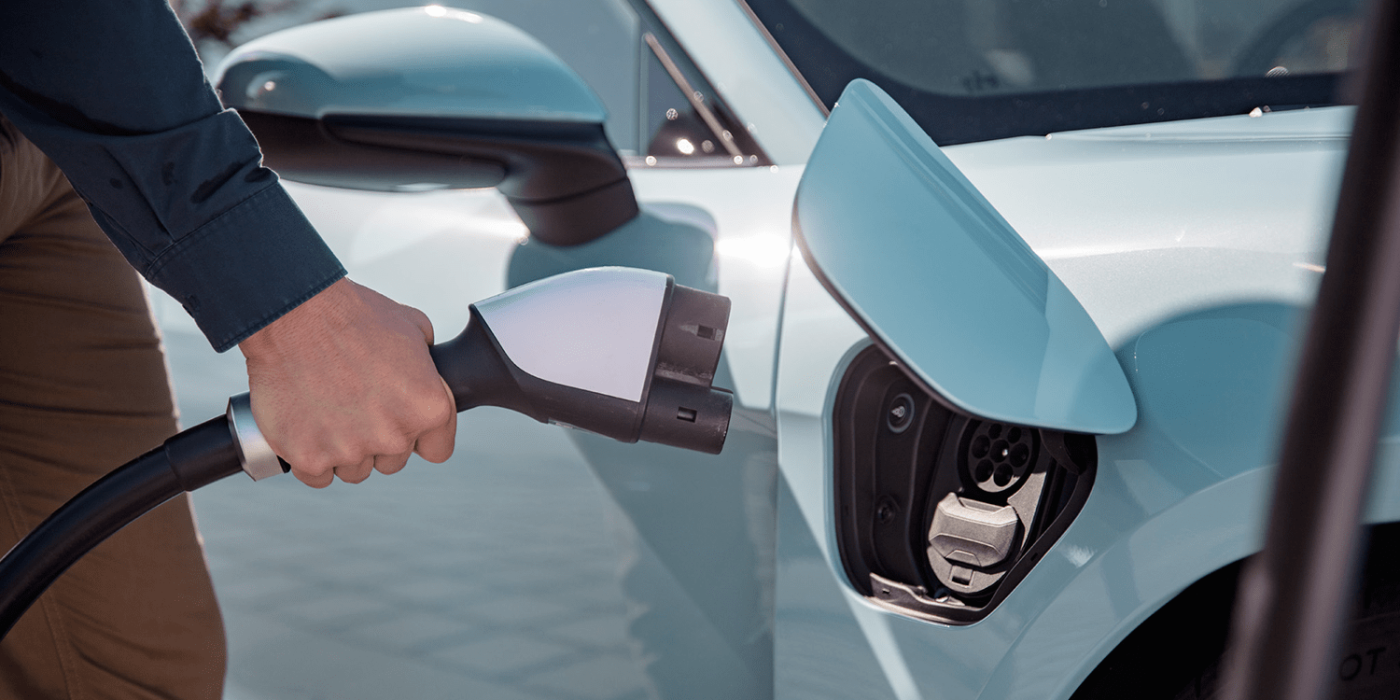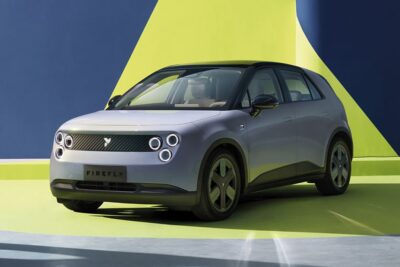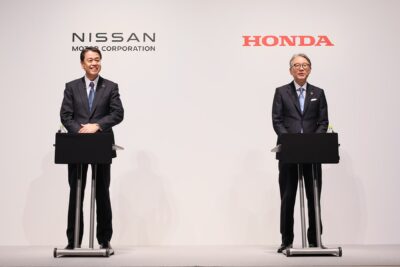German car industry association VDA pushes global standard on fast-charging data
The VDA wants vehicle manufacturers to apply the new standard when stating range and other data in advertising and technical data sheets from next year. At the same time, this is not mandatory, and ISO/SAE 12906 is still listed as “under development” on the ISO website.
VDA, however, expects that most companies (likely German OEMs first) will comply with the regulation, also because customers demand it.
From the customer’s point of view, the VDA considers it a problem that manufacturers currently freely choose how to specify fast charging. Although many manufacturers communicate data for charging from 10 to 80 per cent, others specify five to 80 per cent, 20 to 80 per cent or even 30 to 80 per cent – the latter often serves to claim charging times of less than 30 minutes in a brochure. But even the most commonly used starting point of ten per cent is not uncontroversial in the industry, as electrive learned from insider discussions: An electric car with a 100 kWh battery still offers sufficient range reserve even with a five per cent charge level.
In some cases, the range that can be recharged within five or ten minutes is also (additionally) stated – but this only applies within a small, optimal window. With higher charges or a cold battery, these recharge ranges may diverge significantly from the claims.
This is why VDA wants to standardise manufacturer specifications with ISO/SAE 12906. The suggested rules include a test procedure specifying measurement conditions such as battery temperature. “We need a clear standardisation of the boundary conditions, otherwise, the values are not comparable,” says VDA Managing Director Marcus Bollig.
As the portal kfz-betrieb writes, citing the VDA, the ISO standard should also specify exactly how the car is prepared for the test. For example, the association suggests maintaining a temperature of 23 degrees with a tolerance of plus/minus three degrees and setting the remaining range between 15 and 60 kilometres in the city; depending on the battery size, this should simulate a charge level of around ten per cent. The standard also contains specifications for customer-relevant aspects such as “range-per-time” based on 10 to 80 per cent and information on peak charging power.
The standard also provides for carrying out a charging test at seven degrees below zero, with a tolerance of plus/minus three degrees. This should enable manufacturers to standardise and compare the performance of their batteries in cold conditions.
However, there is also a risk in this harmonisation attempt: a temperature window of six degrees Celsius may not be sufficient for a battery to reach its optimum range, depending on the cell chemistry and cooling structure. The cooling behaviour can also vary greatly depending on the temperature range – a comparison at -7 degrees may or may not be meaningful for customers.
Other points remain open: According to kfz-betrieb, the tests can be conducted in real road traffic and the laboratory. In addition, there aren’t any specifications regarding the charging stations.
With reporting by Sebastian Schaal, Germany.





0 Comments